The global economy is undergoing huge transformations, thanks to the rapid advancements in technology. As traditional job markets evolve, the demand for a workforce skilled in STEM (Science, Technology, Engineering, and Mathematics) also rises. To meet this demand, educators and parents are increasingly turning to innovative tools that move beyond textbook knowledge. Among these tools are STEM kits, which play a crucial role in preparing students for future technological careers.
What is a STEM Kit?
A STEM kit is an educational package that provides all the necessary components for hands-on, project-based learning. Unlike traditional classroom materials, which often focus on theoretical concepts, STEM kits are designed to be practical and engaging. They transform abstract principles into tangible experiences, allowing students to build, experiment, and solve problems in a dynamic environment.
These kits typically include a mix of hardware (like circuit boards, motors, and building blocks), software (for coding and simulation), and detailed instructional guides.
How do the Components of STEM Kits Vary Based on Age Groups?
STEM kits are not usually a one-size-fits-all solution, they come in different types based on age and use case. Their complexity and components are carefully tailored to the cognitive abilities and development stage of the user. This approach ensures that learning is both challenging and accessible.
Toddlers(1-3 years)
Toddlers tend to be more curious and eager about items in their surroundings. STEM toys for toddlers focus on supporting their growing physical and cognitive abilities. These toys also promote creativity and encourage problem solving. Example toys include shape sorters that help the kids understand shapes and interactive books that enhance early literacy.
Early Childhood (Ages 4-6)
At this stage, kits focus on foundational skills like exploration and pattern recognition. Appropriate kits for this age group are those that introduce simple concepts through play like building blocks or basic counting. An example is a kit that introduces basic coding concepts by having children arrange physical blocks to guide a robot through a maze.
Primary School (Ages 7-11)
Learning for primary school kids transitions from simple exploration to more structured concepts. The STEM kits focus on hands-on learning, more complex problem-solving, and integration of multiple disciplines. Example tools are engineering kits that kids can use to build their own structures and entry level robotics that introduces them to block-based coding.
Junior Secondary School (Ages 12-14)
The focus shifts to more in-depth, subject-specific skills. The students can work on breadboards and microcontrollers like Arduino, advanced robotics with sensors and actuators, introductory programming with text-based languages like Python, and tools for data collection and analysis.
Senior Secondary School and Beyond (Ages 15+)
Students at this level often use professional-grade tools to prepare for college and career paths. Stem kits focus on advanced concepts like robotics, drone construction kits, machine learning and AI modules, and in-depth data science projects that require programming languages.
How do STEM Kits Prepare Students for Technological Careers?
STEM kits lay a foundation for tech careers in the following ways:
- Develops Foundational Technical Skills


- Cultivating Problem-Solving and Resilience
When a project doesn’t work, students learn to be methodical. They learn to check connections, read error messages, and search for solutions. This fosters a growth mindset, where failure is not a dead end but an opportunity to learn. This resilience is a crucial trait in tech, where projects are often complex and unexpected challenges arise.
- Fostering Creativity and Innovation
STEM kits provide a safe space for students to experiment and create without the fear of major consequences. They learn that there can be multiple solutions to a single problem and are encouraged to think outside the box. This freedom to innovate is a powerful tool for developing the kind of creative thinking that leads to groundbreaking new technologies and solutions.
- Promoting Collaboration and Teamwork
Some STEM projects can be too big or complex for a single person to complete. This calls for students to work together, communicate their ideas clearly, and rely on each other’s strengths. They learn to divide tasks, manage their time, and resolve conflicts in a constructive way. These are all soft skills essential for working effectively in a team, whether it’s on a software development team or an engineering project.
- Bridging the Theory-Practice Gap
STEM kits make abstract concepts tangible. For example, a student might learn about Ohm’s law in a physics class, but it becomes truly understandable when they have to use it to calculate the correct resistor for a circuit to power an LED without burning it out. This practical application of theory solidifies their understanding and makes the knowledge stick, which is more valuable than simply memorizing a formula.
What are the Benefits of Using STEM Kits?
The advantages of STEM kits extend beyond direct career preparation, shaping a student’s overall development and approach to learning.
- Increased Engagement and Motivation: Hands-on projects are more engaging than lectures. Students who may find traditional subjects tedious often become deeply motivated when they can see their work come to life in a physical object or a working program.
- Promoting Collaboration and Teamwork: Many STEM projects are designed for groups. This collaborative environment teaches students how to communicate ideas, divide tasks, and work together to achieve a common goal.
- Boosting Confidence and Self-Efficacy: Successfully completing complex projects gives students a powerful sense of accomplishment. This builds confidence in their abilities to tackle technical challenges, empowering them to pursue STEM careers.
Conclusion
STEM kits are a fundamental part of a modern, future-ready education. By providing a tangible, hands-on medium for learning, they move education from a passive process of information consumption to an active process of creation and discovery. In doing so, they equip the students with the skills required for future tech careers.





